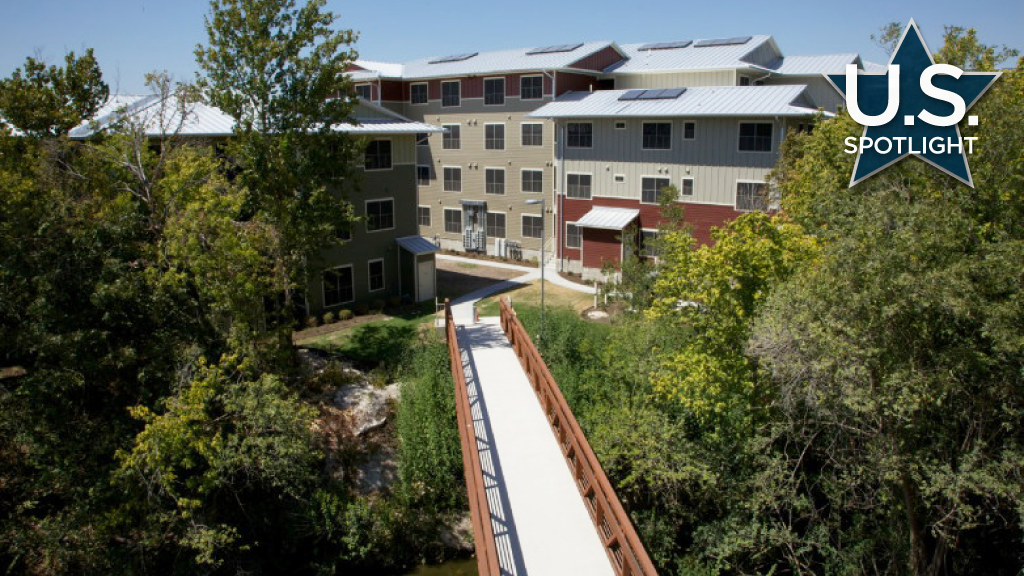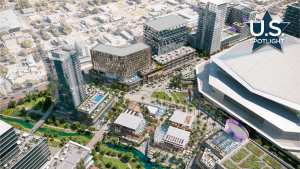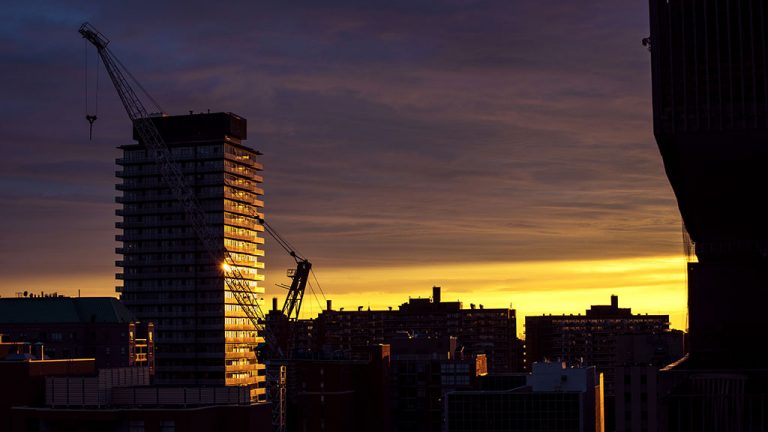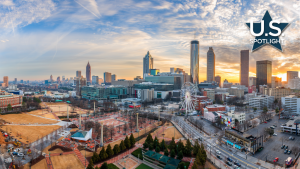“It’s official,” proclaims the of the Texas governor’s newsletter. “Texas is the in the U.S. for 2023! Maintaining our status as America’s jobs engine, Texas added a total of 369,600 jobs last year, more than any other state in the U.S.”
This high level of job growth encouraged 473,453 people to move to Texas last year, according to the U.S. Census Bureau.
The construction industry has been busy in an attempt to keep up with the resultant housing demand. In Texas, that means three general approaches: Massive master-planned communities (MPCs) outside urban centres; new apartment construction in downtown areas; and expanded infill housing in existing neighborhoods.
Each carry rental and purchase price points that vary greatly, challenging the term “affordable.”
The wide open spaces of Texas have long been attractive to developers of MPCs. These are large-scale residential communities, some with varying levels of small commercial activity and schools.
Many are located in areas near major new commercial facilities in the technology and aerospace industries. These are some of the largest construction projects in the country and require hundreds of acres for development. Almost every week a new MPC is announced somewhere in the state, either near a city or new manufacturing site.
, an MPC a few miles northwest of Houston, is a good example. The first phase of 359 new homes will begin construction this year. Ultimately, the 1,400-acre property will have 3,600 homes plus some commercial and mixed-use development. Seven miles south near Magnolia, a 655-acre site will see the construction of 2,000 homes. Forty minutes east of that development, 3,000 new homes will be built near Conroe on 2,000 acres.
However, MPCs do not offer many affordable housing options. So-called single-family “starter homes” range from $250,000 to $350,000 and quickly escalate when developers add water-themed recreational areas and shaded walkways. This does not meet the affordability levels of many buyers on a budget, particularly when travel by automobile to work or major shopping districts is required.
The granddaddy of Texas MPCs is , a 50-year-old self-governing community located 27 miles north of Austin. The Woodlands could be termed a small city, encompassing 28,000 acres, a population of over 200,000 and over 7,500 businesses. The Median Household Income in The Woodlands is over $132,000, far exceeding the state average of $73,000.
This high level of income has been reflected in the residential development as The Woodlands has built out over the years, with most projects focussing on luxury multifamily residences with upscale amenities. Master developer , a NSE-listed company, has retained control of what is built in The Woodlands from the outset.
The company’s latest marketing continues to aim at high earners.
Pre-sales for the located on 8.6 acres at the edge of Lake Woodlands begin next month. Although pricing has not been announced, the list of amenities hints at the target demographic.
Features include a lounge and bar with concierge service; private dining rooms; wine cellar; a library and private garden; a sport fitness center overlooking Lake Woodlands with cold plunge; dry sauna and treatment rooms; an outside Olympic-length pool; a garden producing flowers for cutting arrangements; dining bungalows with outdoor kitchens; an owner’s boathouse; and a private sports court.
How then does “affordable housing” fit into the Texas mix?
According to estimates from the , Texas has one of the nation’s largest gaps between the number of households with extremely low income and the number of affordable homes. There are only 25 available rental units for every 100 extremely low-income households.
The state legislature is considering that would boost low-income housing. Meanwhile, the largest and fastest growing urban areas like Houston, Austin and Dallas-Fort Worth are beginning to address the issue on their own, starting with long-awaited amendments to local zoning and building codes. Much of this focuses on infill housing and increased density.
Houston, for example, approved incentives for more small-scale housing options intended to expand the city’s stock of affordable housing. The maximum allowable size of secondary dwelling units such as garage apartments will be increased. New buildings from 900 to 1,500 square feet are now permitted, along with reduced parking restrictions. Small-scale, multi-family developments containing between three and eight units, previously cost-prohibitive under earlier building codes, are also being encouraged.
House prices in high-flying Austin rose from $305,000 in January 2020 to just under $450,000 in December 2023, causing that city to make numerous changes to zoning as well.
Under the new HOME initiative, restrictions have been removed regarding the number of unrelated adults living in a housing unit. The hope is that any resultant cost savings will lower listing prices.
Meanwhile, new apartment construction has accelerated in Austin, growing to approximately 18,000 in 2023. The city ranks eighth in the country for most units under development. At the same time, however, there has been a reported decrease in unit occupancy over the same period.
Considered together, housing construction across all sectors is robust in Texas. However, the intersection of supply and demand remains elusive.












Recent Comments
comments for this post are closed